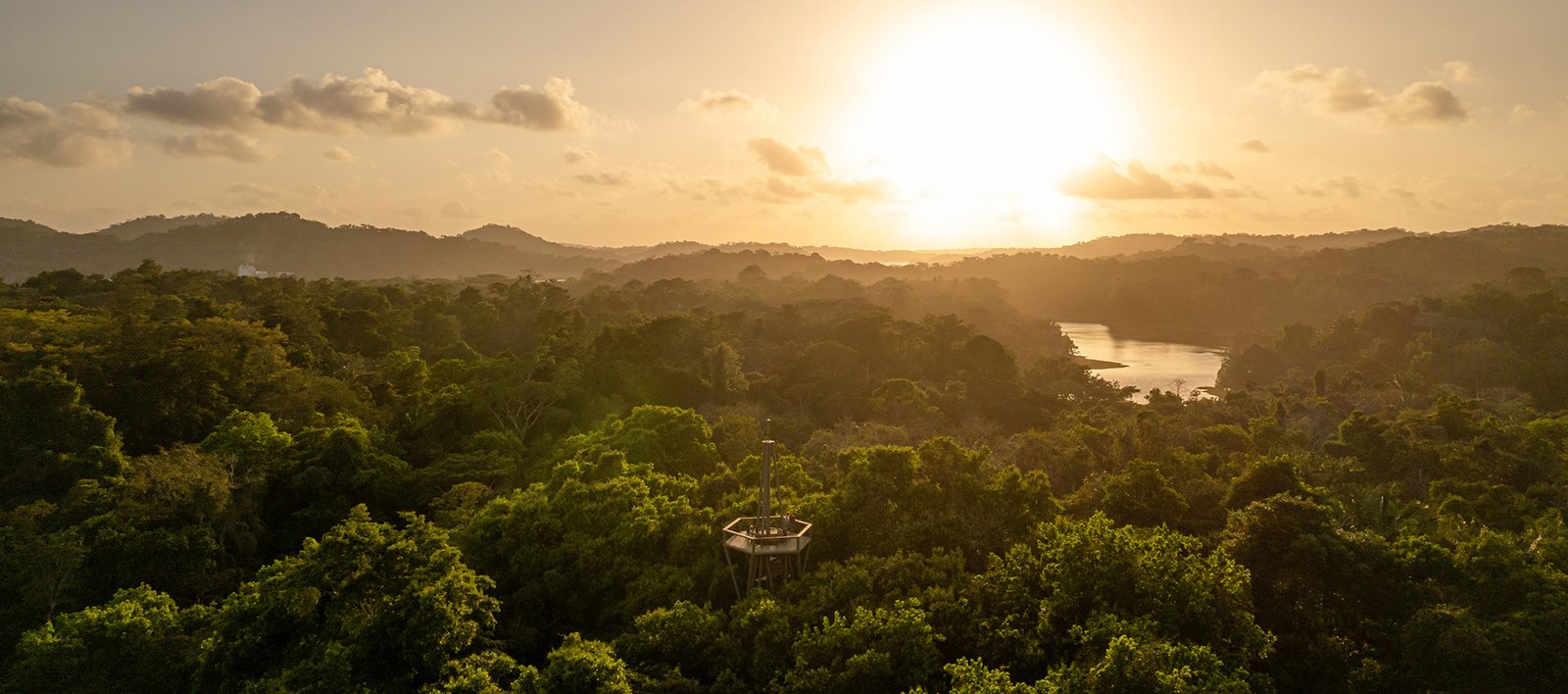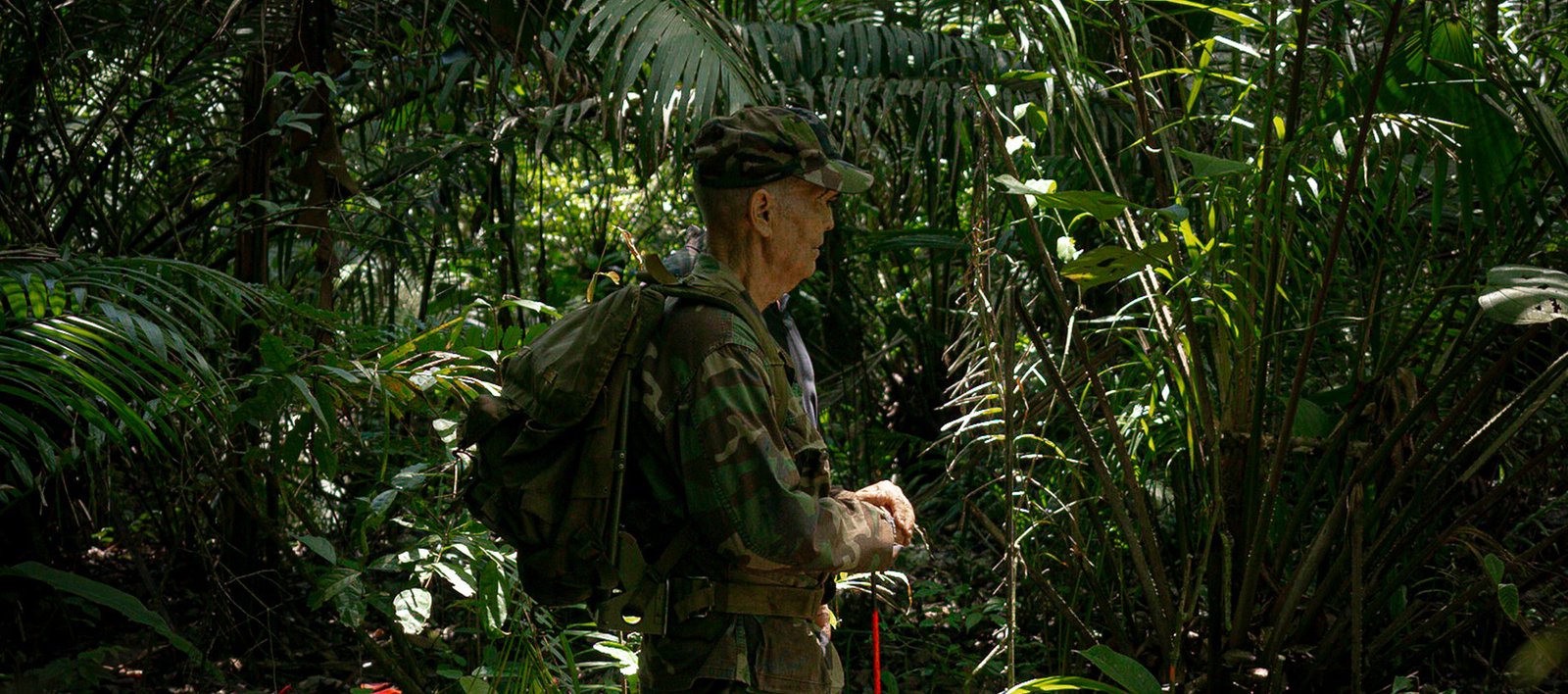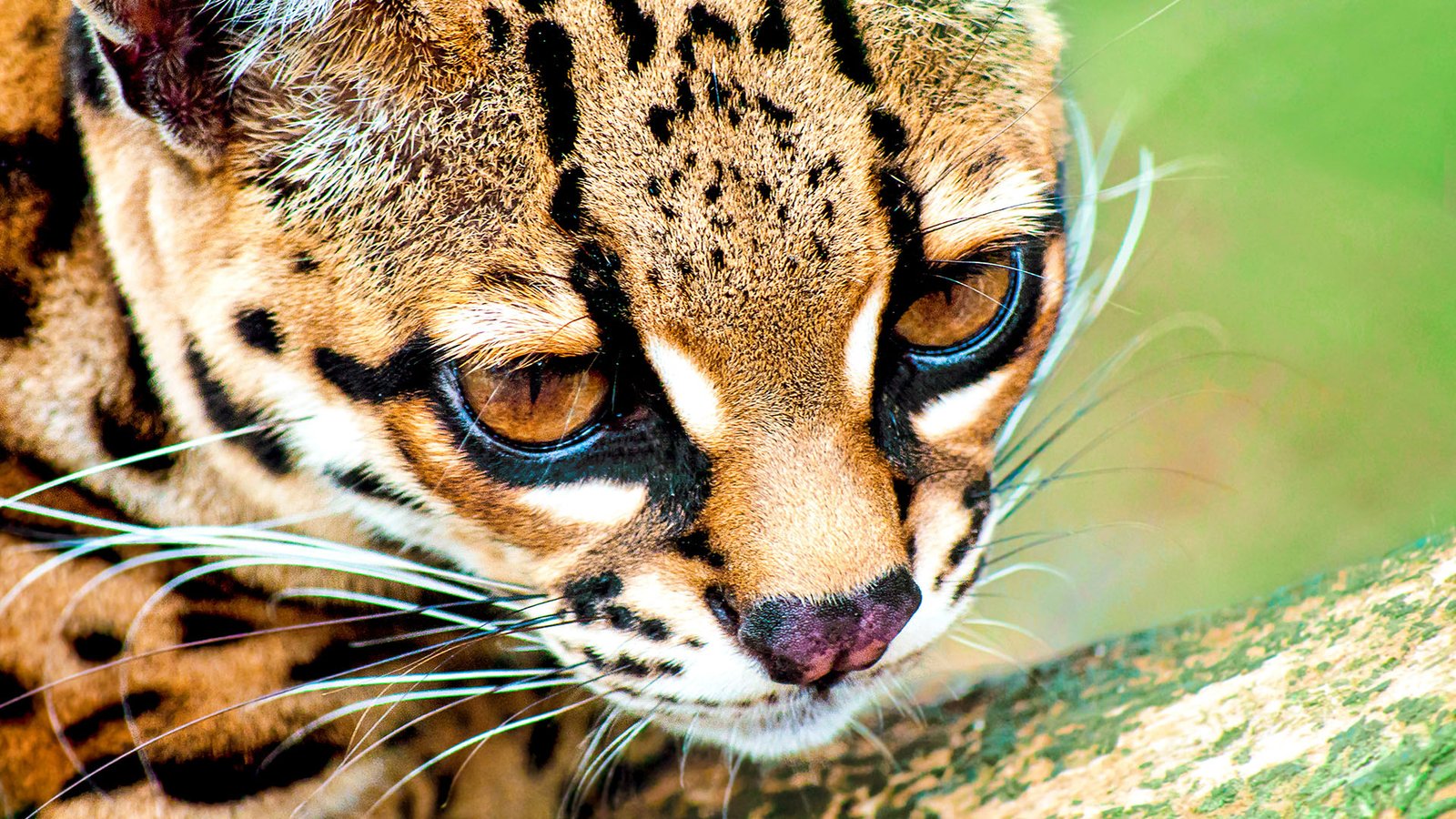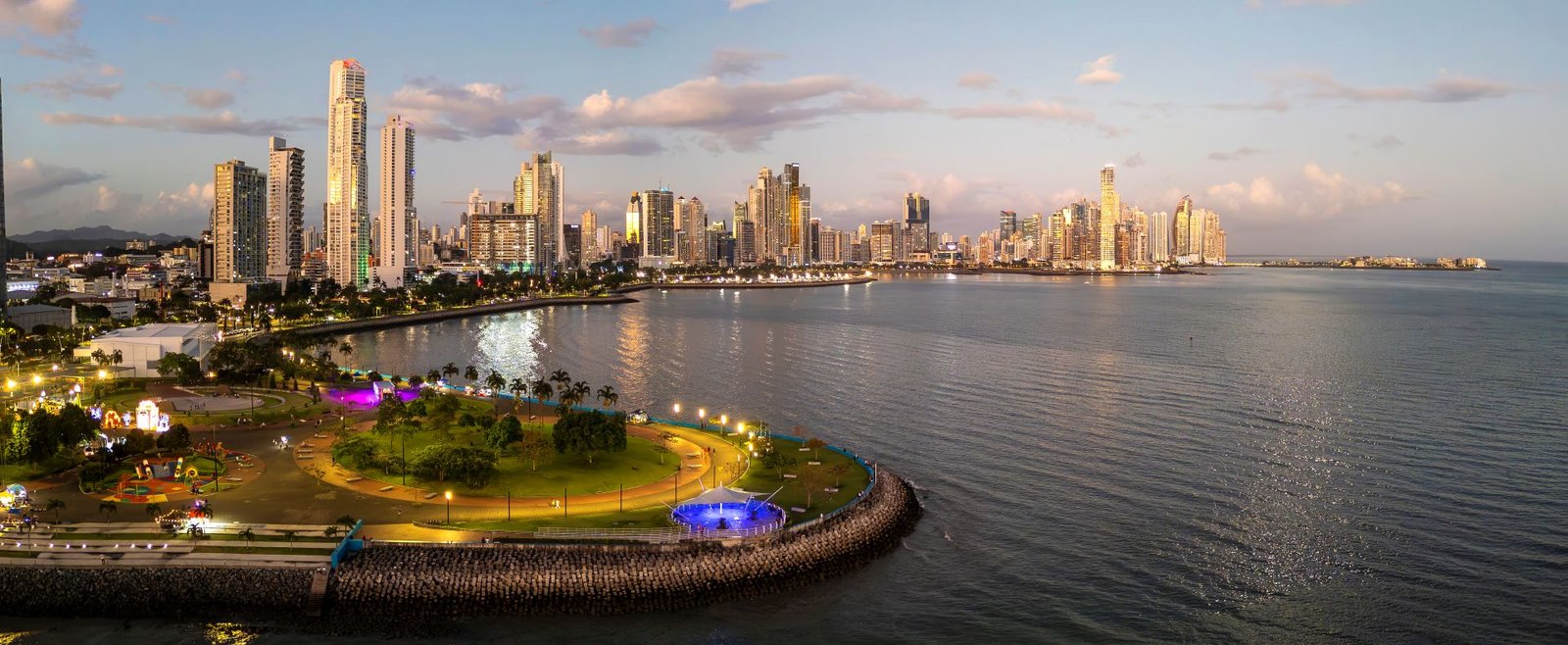
Stairway to the Treetops
The Rainforest Discovery Center is a boon to scientists, birdwatching enthusiasts, and urban tourists seeking an accessible adventure in the tropical forest. It puts this small country’s most valuable resource, its unparalleled variety of birds, within easy reach.
ByMargarita de los Ríos
Photos: Sira Pérez y Rubén Rodríguez
I slowly climb the 174 steps of the tower in the heart of the Panamanian tropical forest. Like a panoramic elevator, the ascent shows me how life in the forest changes with distance from the ground. If I proceed slowly and keep a sharp eye out, the tangled vegetation might allow me a glimpse of the secret life that would be overlooked by a less attentive visitor. We hope to reveal the very essence of the forest. I’m at the Rainforest Discovery Center, with the Center’s president, Beatriz Schmitt, serving as my guide.
Birders from around the world understand that the location of the tower was anything but chance. Panama is home to 1040 species of birds, and a migratory destination for a further 247 species. With its strategic geographic location between North and South America, and both Pacific and Atlantic coastlines, Panama can lay claim to 10 percent of the world’s known species of birds, 107 of which are endemic; it is also one of five bird migration corridors in the world..
While all of Panama is a birdwatcher’s delight, this area of forest on the border of Soberanía National Park is exceptional. It is equidistant from the Pacific and Atlantic oceans —which means that species from both basins are found here— and it is a stone’s throw from Pipeline Road, a byway carved into the forest by the United States during World War II and later abandoned, leaving a fissure in the heart of an untouched forest.

Birdwatchers around the world see the Pipeline as a paradise, given its abundant species, the ease with which it can be visited, and its proximity to a big city.
Things get interesting when we reach the middle section of the Discovery Tower. As Beatriz notes, this height is where you’ll encounter the most colorful birds, such as golden-collared manakins, other manakins, and tanagers; in short, birds that proudly display dizzying shapes and colors.
Such a variety of shapes and colors is not at all common in other parts of the globe. Outside the tropics, food is scarcer, and species focus their efforts on survival. In contrast, the tropical forest offers such an abundance of food that, from an evolutionary perspective, birds could afford to devote energy to vanity: they acquired sophisticated shapes, blended exuberant colors, put on stunning adornment, and concocted fascinating courtship dances.
This explains why the birds in this tiny corner of the planet are of special interest to birdwatchers, who come from around the world in search of royal flycatchers, red-capped manakins, song wrens, and streak-chested antpittas, among many others.
Migratory birds that rest and refuel here during the long northern winter include the Kentucky warbler, the prothonotary warbler, and the northern waterthrush. This extraordinary site, just 20 minutes from urban Panama City, is especially hospitable to thrushes and catbirds.

We soon reach the upper section of the tower, where the highest platform sits 105 feet above the ground. The eye follows the panorama over the crimped outline of the forest, all the way to the horizon. This is the domain of capuchin and howler monkeys, in addition to huge birds like toucans, trogons, and birds of prey.
Night falls and the sky blooms orange. Great flocks of diurnal birds return to their forest homes, as nocturnal birds gradually take their places. A group of yellow-crowned Amazon parrots swoops by, filling the air with their chatter. Rainbow toucans bid the day farewell with their repetitive “gro-gro-gro,” while male clay-colored thrushes raise anxious cries in search of females before the mating season ends.
Since we wanted to see the sunset on this particular visit, we reach the tower at four in the afternoon, but we have also been here in the morning. Now we realize that the birds, the light, and the sounds are different at different times of the day. You really need to experience both morning and evening.

It’s time to descend and continue along the main path. Now it’s the monkeys that shatter the silence with their vigorous howls. To an unwary visitor, the sound could easily betoken a lion pride on the prowl.
This reserve was created by the Eugene Eisenmann Avifauna Foundation with the goal of preserving the invaluable resource represented by such an abundance of birds, instructing biologists in avifauna, and training guides to educate tourists from around the globe about the importance of this resource.. The Eugene Eisenmann Avifauna Foundation is named for the celebrated ornithologist born in Panama 1906.
The reserve offers birdwatching enthusiasts and tourists on foot tower observation platforms, marked paths, and a visitor center with a lovely wood terrace that is visited by several species of hummingbirds, which fight over the nectar in the feeders. The complex constitutes the most accessible walkable forest in the vicinity of Panama City.
Another ongoing project of the Rainforest Discovery Center is the Monitoring Overwintering Survival (MoSI) program, a U.S. initiative to monitor migration routes and seek allies throughout the continent in preserving resting and feeding grounds for birds during their long journeys. The study has made it possible to determine migration routes and distances, seasons along the routes, the birds’ condition at arrival and departure, the degree of wear and tear on their wings during long journeys, and the length of their visits. Panama has three sites —including Pipeline Road— that are considered critical to the survival of migratory birds.
Our excursion is nearly over. The path ends at a terrace overlooking Lake Calamito and its serene landscape. This vast body of water is thick with aquatic vegetation where ospreys and American purple gallinules rest and teach their chicks to hunt. The night draws further in, signaling it’s time to leave. This accessible adventure in the heart of a tropical forest has allowed us to get a stress-free shot of oxygen without even getting our shoes dirty.







Leave a Reply